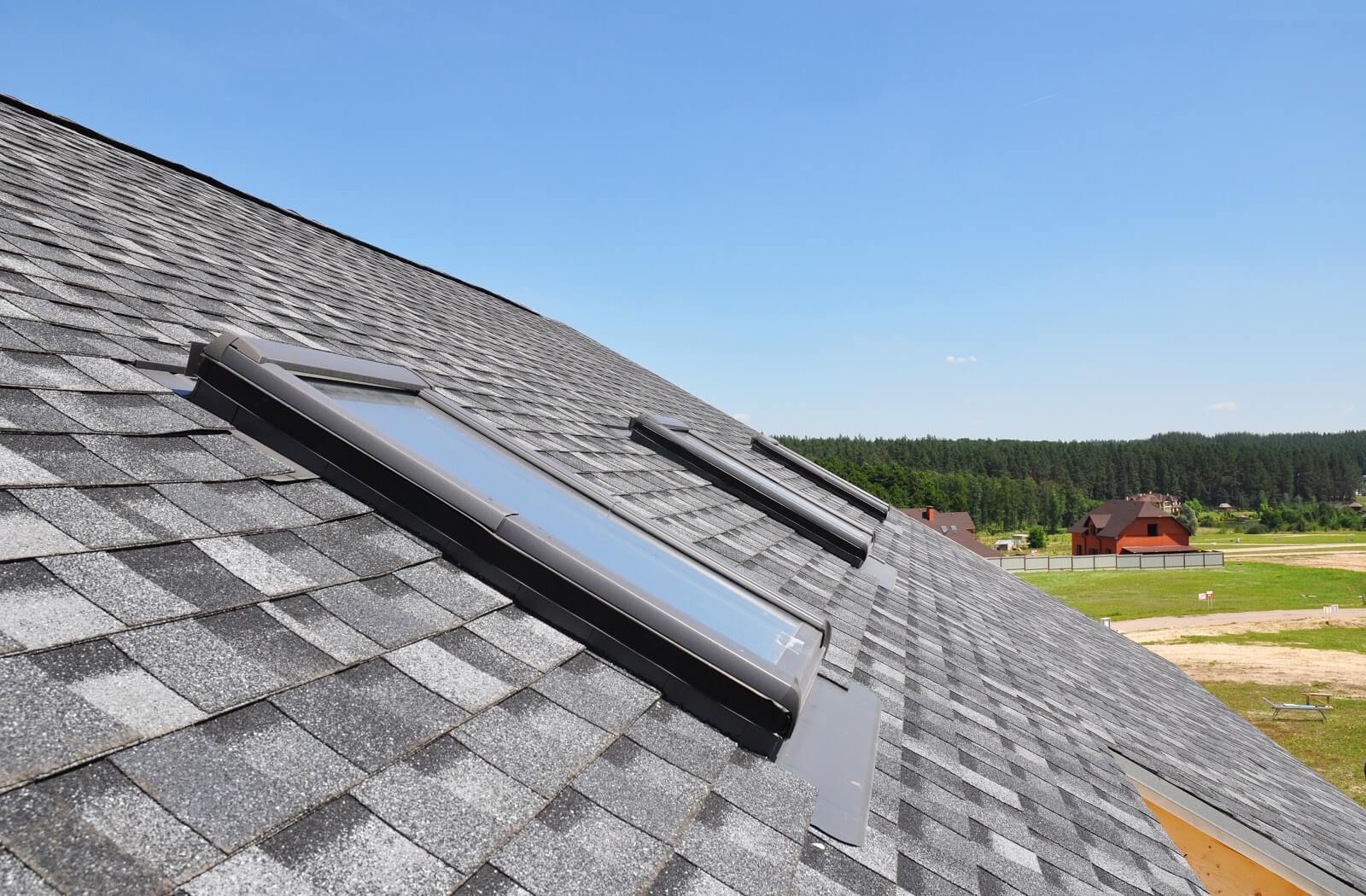

Articles
What Is A Skylight
Modified: October 29, 2024
Discover the benefits and installation process of skylights in this comprehensive articles. Enhance natural light in your home with skylights for a brighter and more inviting space.
(Many of the links in this article redirect to a specific reviewed product. Your purchase of these products through affiliate links helps to generate commission for Storables.com, at no extra cost. Learn more)
Introduction
A skylight is a window-like structure installed on a roof or ceiling to allow natural light to enter a space. It serves as a source of illumination during the daytime and adds an aesthetic appeal to any room. Skylights have gained popularity in recent years due to their ability to create an open and airy atmosphere while reducing the dependence on artificial lighting.
Skylights are not only functional but also offer a range of benefits for homeowners and building occupants. They provide access to natural sunlight, which has numerous advantages for physical and mental well-being. In addition, skylights can enhance the overall ambiance of a room, making it feel more spacious and inviting.
There are various types of skylights available, each offering its unique advantages and considerations. When selecting a skylight, factors such as location, size, glazing, and ventilation options need to be taken into account. Proper installation and regular maintenance are essential for ensuring the longevity and performance of skylights.
In this article, we will delve deeper into the world of skylights, exploring their definition and benefits, different types to choose from, considerations for selecting the right skylight, installation process, maintenance tips, and common issues that may arise. Whether you are considering installing a skylight in your home or simply curious about this architectural feature, read on to discover everything you need to know about skylights.
Key Takeaways:
- Skylights offer natural light, energy efficiency, and aesthetic appeal, enhancing well-being and ambiance. Careful selection, installation, and maintenance ensure long-lasting benefits for homeowners and building occupants.
- Understanding skylight types, installation, and maintenance is crucial for maximizing their benefits. From natural lighting to ventilation, skylights create a brighter, healthier, and more inviting living environment.
Read more: What Is A Curb Mount Skylight
Definition of a Skylight
A skylight is a window-like structure that is installed on the roof or ceiling of a building to allow natural light to enter a space. It is typically made of glass or a transparent material that allows sunlight to pass through. Skylights are often designed to be opened, providing ventilation in addition to natural light.
The primary purpose of a skylight is to bring natural light into interior spaces that may not have access to windows or have limited natural light. This can be particularly beneficial in areas such as bathrooms, hallways, or rooms in the center of a building that may not have windows. Skylights can also be strategically placed to bring light into specific areas, such as highlighting architectural features or providing illumination in a dark corner.
Skylights not only provide illumination, but they also offer a connection to the outdoors. They allow occupants to enjoy views of the sky, clouds, and stars, creating a sense of openness and connection with the natural environment. This can have a positive impact on mood, productivity, and overall well-being.
Skylights come in various sizes and shapes, including fixed skylights, which are non-operable and provide a permanent source of light, and operable skylights, which can be opened to allow for ventilation. Some skylights even come with built-in shades or blinds to control the amount of light and heat that enters a space.
One important consideration when installing skylights is the location. Skylights should be strategically placed to maximize the amount of sunlight while minimizing heat gain and glare. The slope and orientation of the roof also play a role in the effectiveness of a skylight in capturing natural light throughout the day.
In summary, skylights are window-like structures that are installed on the roof or ceiling of a building to bring natural light into interior spaces. They provide illumination, ventilation, and a connection to the outdoors, enhancing the overall comfort and ambiance of a space.
Benefits of Skylights
Skylights offer a range of benefits for homeowners and building occupants. Let’s explore some of the advantages of incorporating skylights into your space:
- Natural Lighting: One of the primary benefits of skylights is the access to natural light they provide. Natural light has numerous advantages for our physical and mental well-being. It can boost mood, increase productivity, improve focus, and reduce eye strain. Skylights allow daylight to flood into interior spaces, creating a bright and inviting atmosphere.
- Energy Efficiency: By utilizing natural sunlight, skylights can help reduce the need for artificial lighting during the day. This can lead to significant energy savings and lower electricity bills. Additionally, skylights can assist in passive heating during the winter months, reducing reliance on heating systems and further decreasing energy consumption.
- Aesthetic Appeal: Skylights can enhance the overall aesthetic of a room by creating a stunning focal point and adding architectural interest. They provide a unique and visually appealing element that can transform the look and feel of any space. Whether installed in a living room, kitchen, or bathroom, skylights bring a touch of elegance and style to the interior design.
- Improved Ventilation: Many skylights are designed to be opened, allowing for natural ventilation. Opening a skylight can help to circulate fresh air, remove stale odors, and improve indoor air quality. This is especially beneficial in areas such as bathrooms or kitchens where humidity and odors can be a concern.
- Privacy: Skylights provide an excellent source of natural light without compromising privacy. Unlike traditional windows, skylights are typically situated on the roof or ceiling, making it difficult for people to see inside. This allows homeowners to enjoy abundant natural light without sacrificing their privacy.
Overall, skylights offer a multitude of benefits ranging from improved well-being and energy efficiency to enhanced aesthetics and ventilation. Incorporating skylights into your space can create a brighter, healthier, and more inviting environment for you and your family to enjoy.
Types of Skylights
Skylights come in various types, each with its unique characteristics and considerations. Here are some of the most common types of skylights:
- Fixed Skylights: Fixed skylights are non-operable and provide a permanent source of natural light. They are typically installed in areas where ventilation is not a priority, such as hallways or rooms with high ceilings. Fixed skylights are known for their simplicity and cost-effectiveness.
- Vented Skylights: Vented skylights are designed to open and close, allowing for both natural light and ventilation. They are equipped with a hinge or pivoting mechanism, which can be manually or electronically operated. Vented skylights are ideal for areas where airflow and ventilation are desired, such as kitchens or bathrooms.
- Tubular Skylights: Tubular skylights, also known as sun tunnels or light tubes, are smaller in size compared to traditional skylights. They consist of a reflective tube that channels sunlight from the roof to the interior space. Tubular skylights are perfect for rooms where a traditional skylight might not be feasible, such as narrow hallways or closets.
- Pyramid Skylights: Pyramid skylights have a pyramid-shaped design with four sloping sides. They provide a modern and stylish look and can be an eye-catching architectural feature. Pyramid skylights are often used in commercial buildings or contemporary residential spaces to add a distinctive touch.
- Dome Skylights: Dome skylights have a domed shape and are known for their durability and excellent weather resistance. The curved design helps to prevent the accumulation of debris and allows rainwater to easily run off. Dome skylights are commonly used in areas with harsh weather conditions or on flat roofs.
When choosing the type of skylight for your space, it is important to consider factors such as the purpose of the skylight, the desired level of ventilation, the roof slope, and the overall aesthetic appeal. Consulting with a professional skylight installer can help ensure that you select the right type of skylight that suits your specific needs and requirements.
Choosing the Right Skylight
Choosing the right skylight for your space is crucial to ensure optimal performance and satisfaction. Here are some important factors to consider when making your selection:
- Location: Assess the location where you want to install the skylight. Consider the orientation of the roof, the angle of the sunlight, and the surrounding environment. This will help determine the size, position, and slope of the skylight to maximize natural light and minimize glare.
- Functionality: Consider the purpose of the skylight. Do you want it for light, ventilation, or a combination of both? Determine whether an operable skylight or a fixed one would best serve your needs. Additionally, explore features such as built-in blinds or shades to control light levels and privacy.
- Energy Efficiency: Look for skylights with energy-efficient features. Consider double or triple glazing options, low-emissivity coatings, and insulation properties to minimize heat loss or gain. Energy-efficient skylights can help you save on heating and cooling costs while maintaining a comfortable indoor environment.
- Quality and Durability: Invest in high-quality skylights from reputable manufacturers. They often come with warranties, ensuring their longevity and performance. Look for skylights that are resistant to UV damage, impact, and extreme weather conditions to ensure they will withstand the test of time.
- Installation: Consider the installation process and any structural modifications required. Consult with professional skylight installers to ensure a proper and secure installation that adheres to building codes and regulations. A properly installed skylight will prevent leaks, drafts, and other potential issues.
- Budget: Determine your budget for the skylight project, including the cost of the skylight itself, installation, and any additional features or accessories. It’s essential to strike a balance between quality and affordability, ensuring you get a skylight that meets your needs without exceeding your budget.
Taking the time to carefully consider these factors will help you choose the right skylight that aligns with your preferences, functional requirements, and budget. Don’t hesitate to seek advice from skylight professionals who can provide guidance and recommendations based on your specific circumstances.
When installing a skylight, make sure to consider the direction of the sun and the potential for glare. Placing the skylight on the north-facing roof will provide consistent, even light without excessive heat gain.
Read more: What Is The Best Skylight To Buy
Installation Process
The installation process of a skylight requires careful planning and attention to detail. While it is recommended to hire a professional for skylight installation, having an understanding of the general process can be helpful. Here are the key steps involved in installing a skylight:
- Preparing the Opening: The first step is to determine the desired location for the skylight and mark the opening on the roof or ceiling. Carefully measure and cut an opening based on the dimensions specified by the skylight manufacturer. Ensure proper structural support is in place to bear the weight of the skylight.
- Weatherproofing: Apply a waterproofing membrane around the edges of the opening to prevent water from entering the interior space. This is crucial for protecting against potential leaks or water damage. The type of waterproofing material will depend on the roofing materials and the specific requirements of the skylight.
- Flashing Installation: Flashing is used to provide additional protection against water infiltration. Install the flashing around the edges of the skylight opening, following the manufacturer’s instructions. Ensure that the flashing is properly sealed to create a watertight barrier between the skylight and the roof.
- Skylight Placement: Carefully position the skylight into the prepared opening, making sure it aligns properly. Secure the skylight in place using screws or brackets, as specified by the manufacturer. Double-check the alignment and levelness to ensure a proper fit and avoid any potential issues.
- Sealing and Insulation: Apply a sealant around the edges of the skylight to create a tight seal. This helps prevent air leakage and ensures energy efficiency. Additionally, insulate the area around the skylight to minimize heat transfer and improve thermal performance.
- Finishing Touches: Complete the installation by applying interior trim or molding to enhance the aesthetics and conceal any gaps or imperfections. Ensure that the trim is securely attached and properly aligned with the skylight.
- Functional Testing: Once the installation is complete, test the skylight’s functionality by opening and closing it (if applicable). Check for any signs of leaks, drafts, or improper operation. It is always a good idea to conduct a thorough inspection to ensure that the skylight is in proper working condition.
Keep in mind that skylight installation can vary depending on the type, size, and specific requirements of the skylight. It is highly recommended to consult with a professional skylight installer who can provide expert guidance and carry out the installation process efficiently and safely.
Maintenance and Cleaning Tips
Regular maintenance and cleaning are essential to ensure the longevity and optimal performance of your skylight. Here are some maintenance tips to keep in mind:
- Inspect Regularly: Periodically inspect your skylight for any signs of damage, such as cracks, leaks, or loose components. Look for any debris or buildup that may affect its functionality.
- Clean the Glass: Clean the skylight glass at least twice a year, or as needed. Use a mild, non-abrasive glass cleaner and a soft, lint-free cloth or sponge to gently remove dirt, dust, and grime. Avoid using harsh chemicals or abrasive materials that can scratch or damage the glass.
- Clean the Frame: Wipe down the frame and any other surfaces using a damp cloth or sponge. Remove any accumulated dirt, dust, or cobwebs. For stubborn stains, use a mild soap solution, rinse with clean water, and dry thoroughly.
- Clear Debris: Regularly clear any leaves, branches, dirt, or other debris that may have accumulated on top of the skylight. This prevents blockage of drainage channels and ensures proper water flow during rainfall.
- Monitor Seals and Flashing: Check the seals and flashing around the skylight for any signs of wear, cracks, or deterioration. Replace any damaged or worn-out seals to prevent water leakage and maintain a watertight seal.
- Check for Condensation: Condensation inside the skylight can indicate a problem with the seal or ventilation. If you notice excessive condensation, consider consulting a professional to address the issue promptly.
- Trim Overhanging Branches: Trim any branches or foliage that may hang over the skylight to prevent potential damage from falling debris and to reduce the risk of damage during storms or high winds.
- Professional Inspection: Schedule periodic professional inspections to assess the overall condition of the skylight and address any potential issues. Professional service can help identify and resolve problems early on, preventing major damage or costly repairs.
By following these maintenance tips, you can ensure that your skylight remains in optimal condition and continues to provide the benefits of natural light and ventilation for years to come. Regular care and upkeep will help extend its lifespan and maximize its efficiency.
Common Issues with Skylights
While skylights offer numerous benefits, they can sometimes experience issues that require attention and maintenance. Here are some common problems that you may encounter with skylights:
- Leaking: One of the most common issues with skylights is water leakage. Leaks can occur due to deteriorated seals, flashing problems, or improper installation. Regularly inspect the skylight for any signs of water infiltration and address any leaks promptly to prevent water damage to the interior space.
- Condensation: Condensation can form on the interior surface of the skylight, especially during temperature fluctuations or high humidity. Excessive condensation can indicate a ventilation problem or a faulty seal. Ensure adequate ventilation and consider installing a dehumidifier to minimize condensation buildup.
- Cracks or Damage: Skylights can develop cracks or experience damage due to impact, severe weather conditions, or aging. Cracks can lead to leaks and compromised energy efficiency. It’s important to repair or replace the skylight promptly to prevent further damage and maintain its functionality.
- Drafts or Air Leakage: Improper installation, worn-out seals, or aging components can cause drafts or air leakage around the skylight. This can result in energy loss and discomfort. Address any drafts or air leaks by inspecting and replacing seals or consulting with a professional for proper sealing and insulation.
- Excessive Heat or Glare: Skylights that are not properly selected or installed may allow excessive heat or glare into the space. This can cause discomfort and increased energy consumption for cooling. Consider utilizing skylights with low-emissivity coatings or shading options to control the amount of heat and sunlight entering the room.
- Improper Ventilation: Skylights that are intended to provide ventilation may experience issues such as improper opening or closing mechanisms, restricted airflow, or stuck operable parts. Regularly check the functionality of vented skylights and clean any debris that may hinder proper operation.
- Poor Insulation: Inadequate insulation around the skylight frame or surrounding areas can lead to heat loss or gain, resulting in energy inefficiency and potential comfort issues. Ensure proper insulation is in place and consider adding additional insulation if necessary.
- Noise: Skylights can sometimes amplify external noise, especially if they are not adequately soundproofed. Consider installing noise-reducing glazing or adding curtains, blinds, or shades to minimize noise intrusion.
If you encounter any of these issues with your skylight, it is recommended to consult with a professional skylight installer or contractor. They can assess the problem and provide the necessary repairs or replacements to restore the functionality and performance of your skylight.
Conclusion
Skylights are a wonderful addition to any home or building, offering natural light, ventilation, and an enhanced aesthetic appeal. By bringing the outdoors inside, skylights create a brighter, more spacious, and inviting atmosphere that can have a positive impact on our well-being.
Throughout this article, we explored the definition of skylights and the benefits they provide. From the energy efficiency of harnessing natural light to the improved ventilation and privacy they offer, skylights can greatly enhance the comfort and livability of a space.
We discussed the various types of skylights to choose from, including fixed skylights for permanent illumination, vented skylights for added ventilation, and tubular skylights for smaller spaces. Selecting the right skylight depends on factors such as location, functionality, energy efficiency, and budget.
Additionally, we covered the important steps involved in the installation process, from preparing the opening to sealing and finishing touches. While it is recommended to seek professional installation, understanding the process can help ensure a successful and secure installation.
Maintenance and regular cleaning are also essential for keeping skylights in optimal condition. By inspecting for damage, cleaning the glass and frame, and addressing any common issues such as leaks or condensation, homeowners can extend the lifespan and performance of their skylights.
In conclusion, skylights provide a unique and valuable feature to any space, offering natural light, ventilation, and an alluring connection to the outdoors. By carefully selecting the right skylight, properly installing it, and maintaining it regularly, homeowners can enjoy the benefits of enhanced lighting, energy efficiency, and a visually stunning environment.
Whether you’re considering installing a skylight or already have one, taking the time to understand and care for this architectural feature will ensure that you can bask in the beauty of natural light for years to come.
Frequently Asked Questions about What Is A Skylight
Was this page helpful?
At Storables.com, we guarantee accurate and reliable information. Our content, validated by Expert Board Contributors, is crafted following stringent Editorial Policies. We're committed to providing you with well-researched, expert-backed insights for all your informational needs.
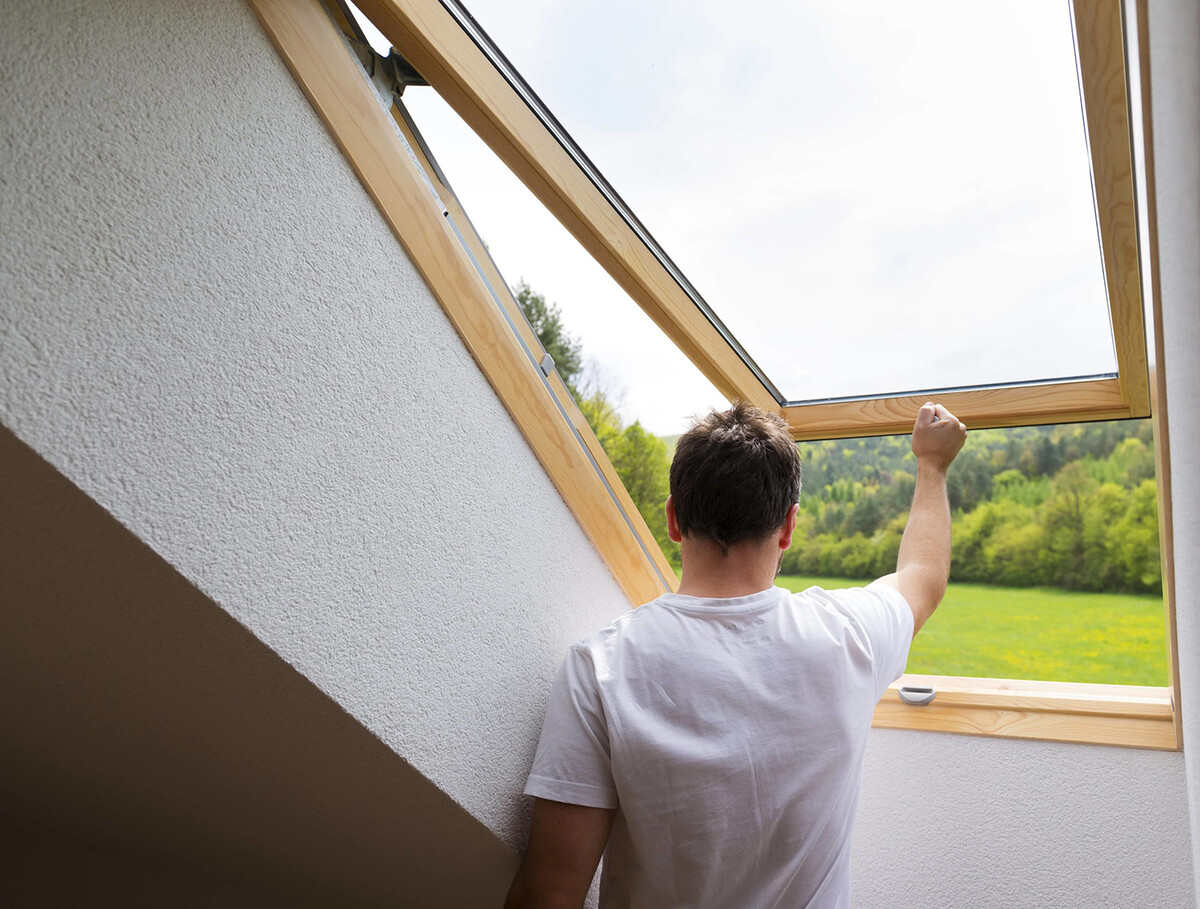
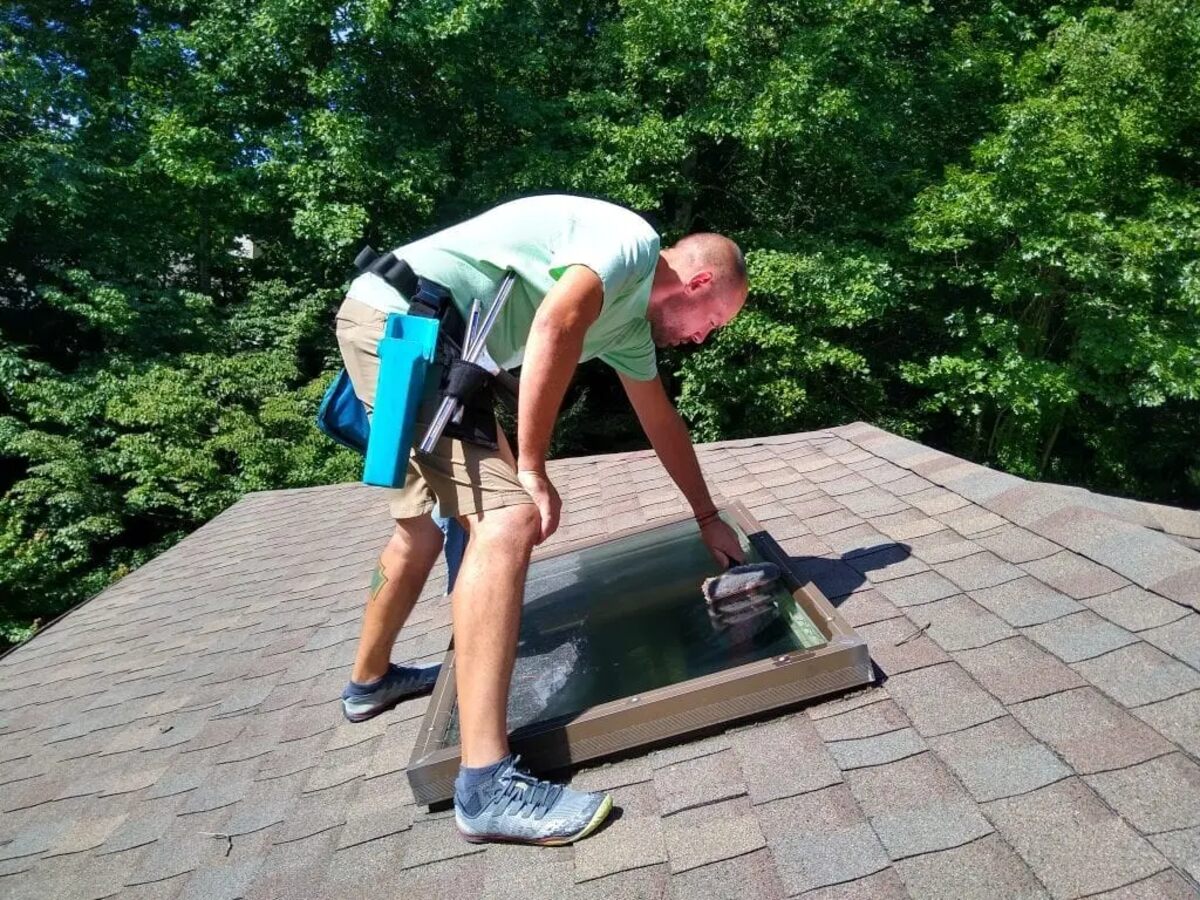
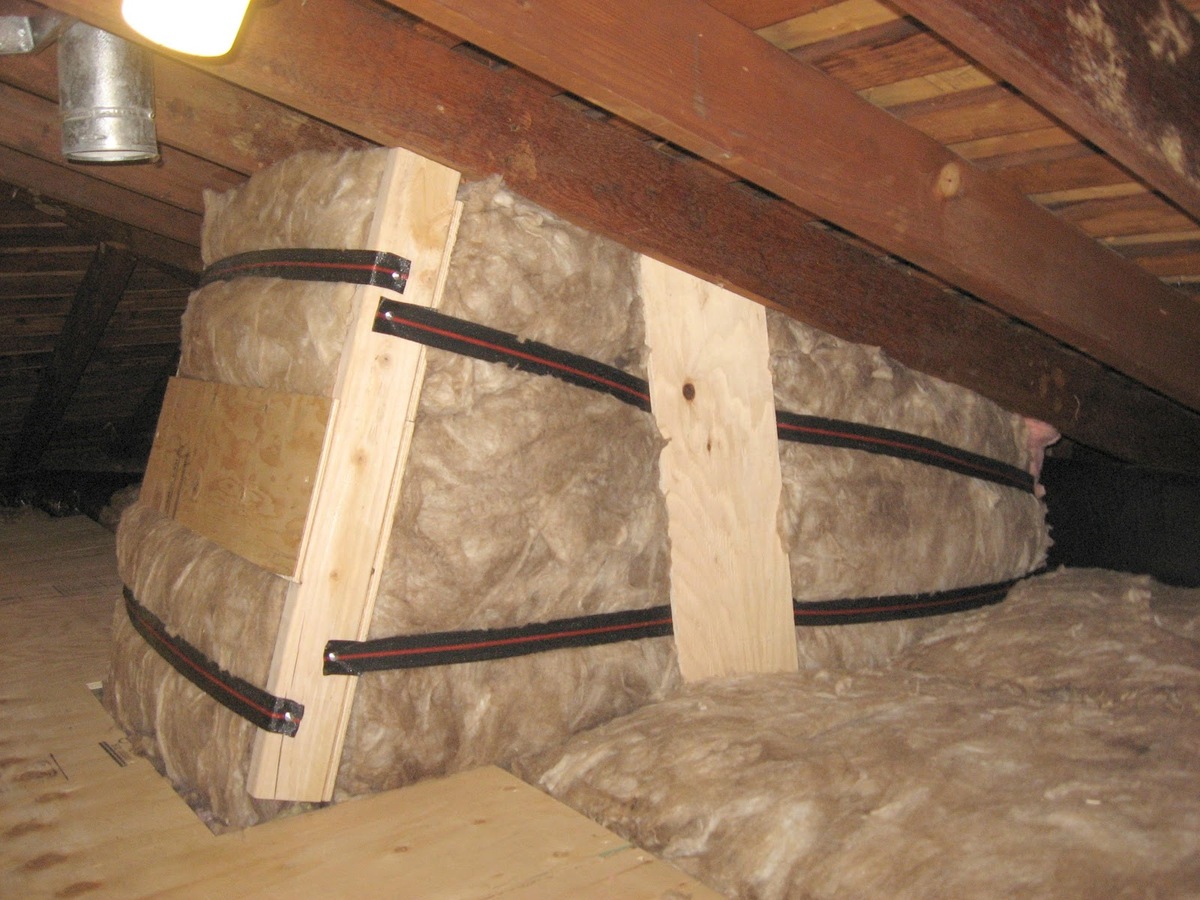
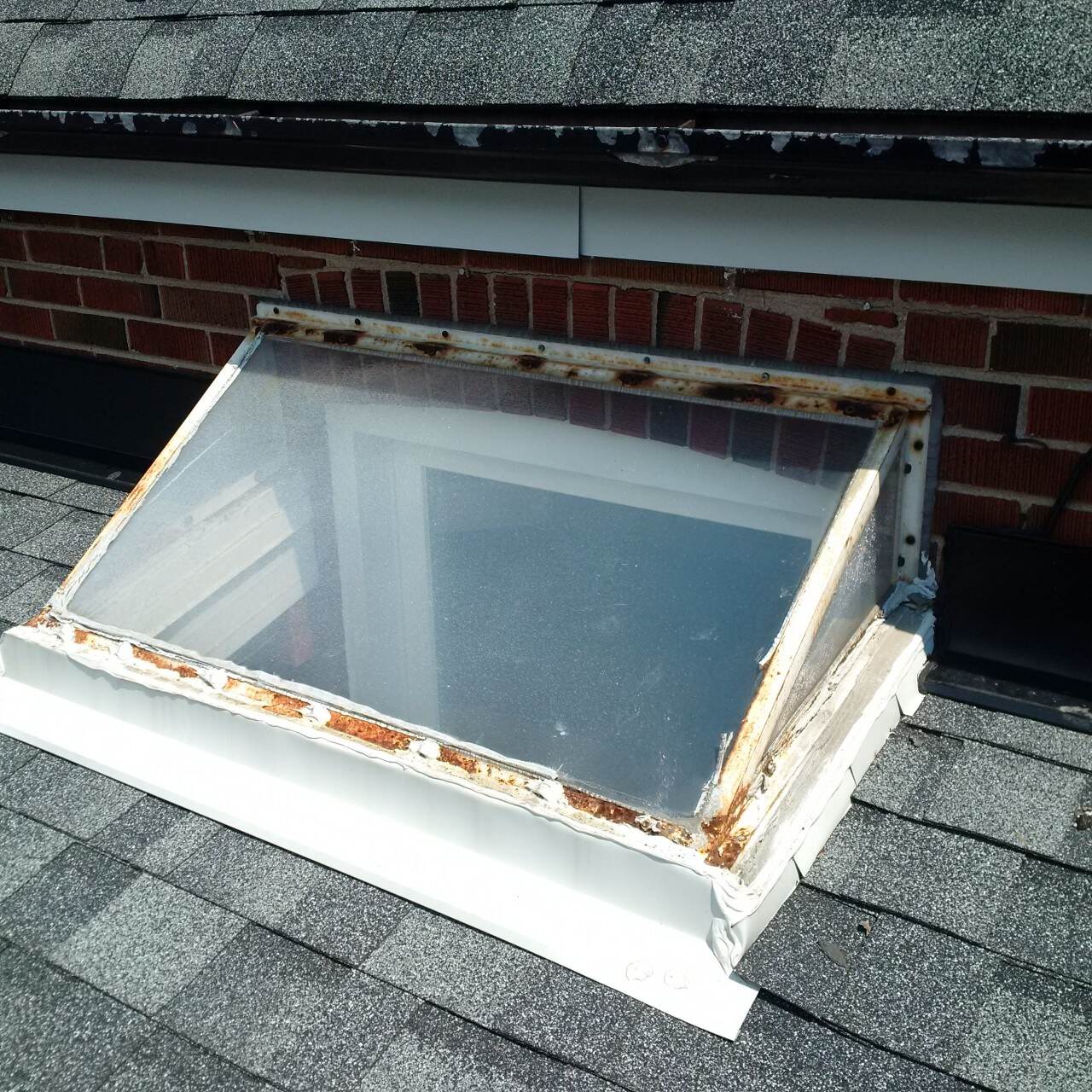
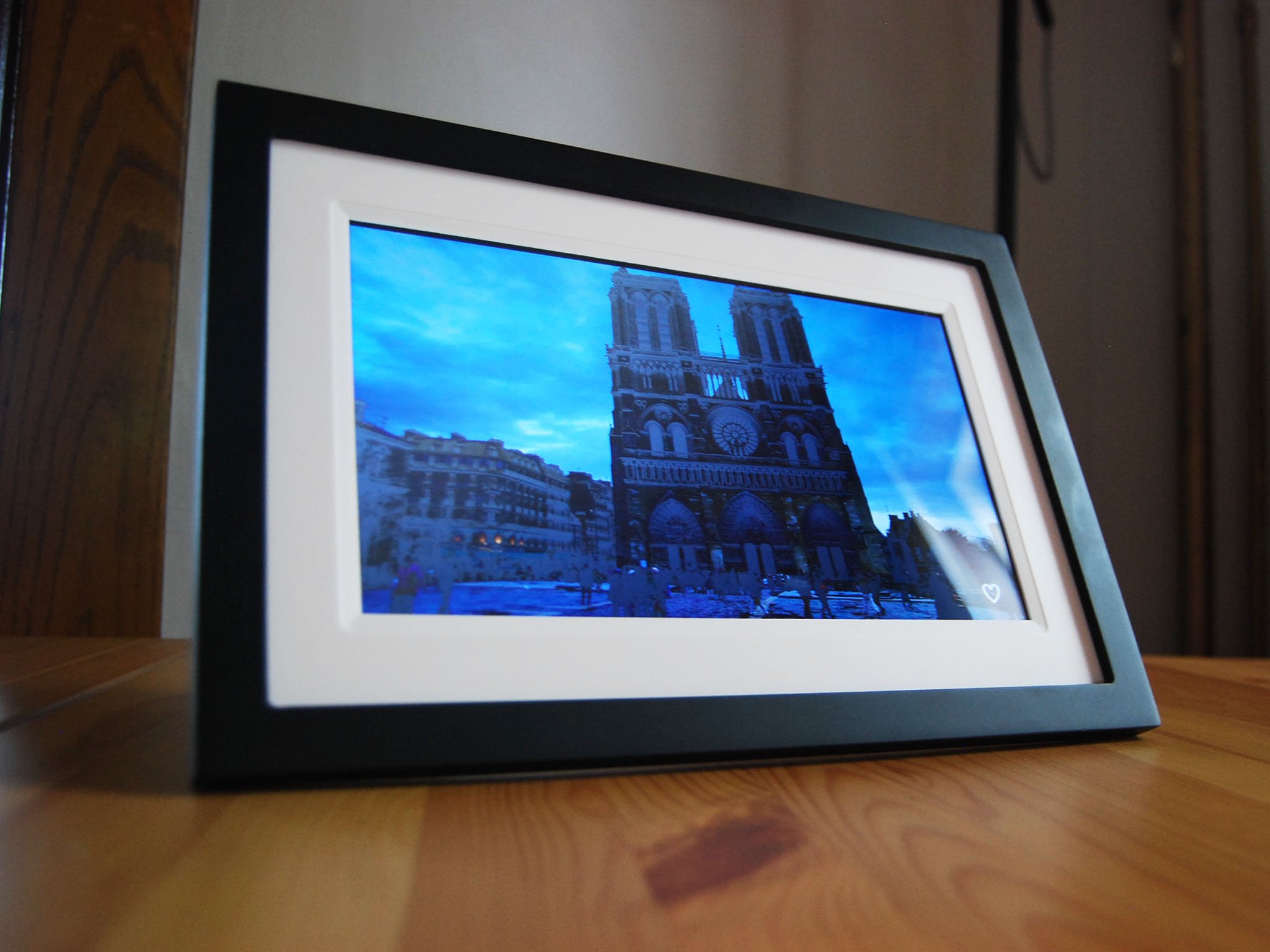

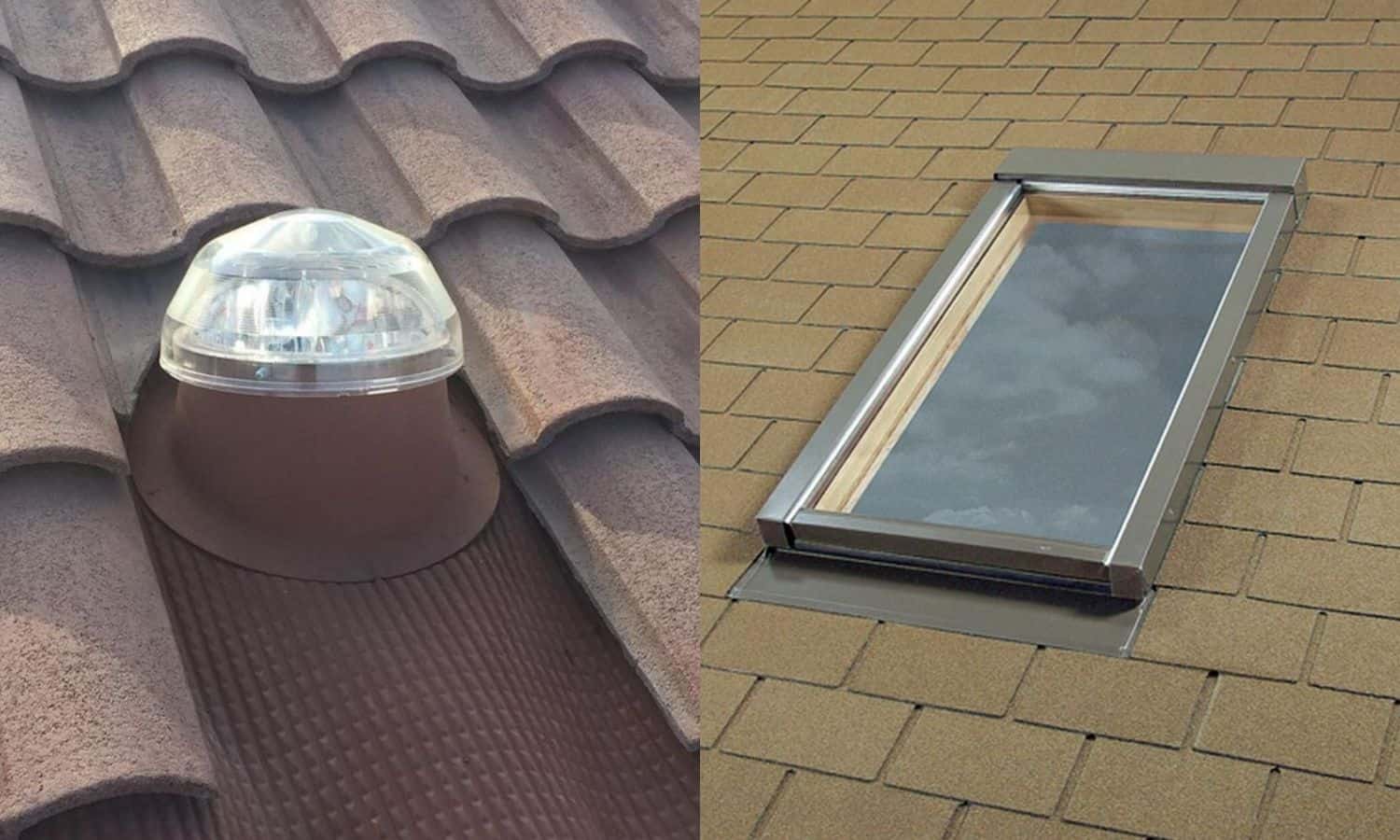
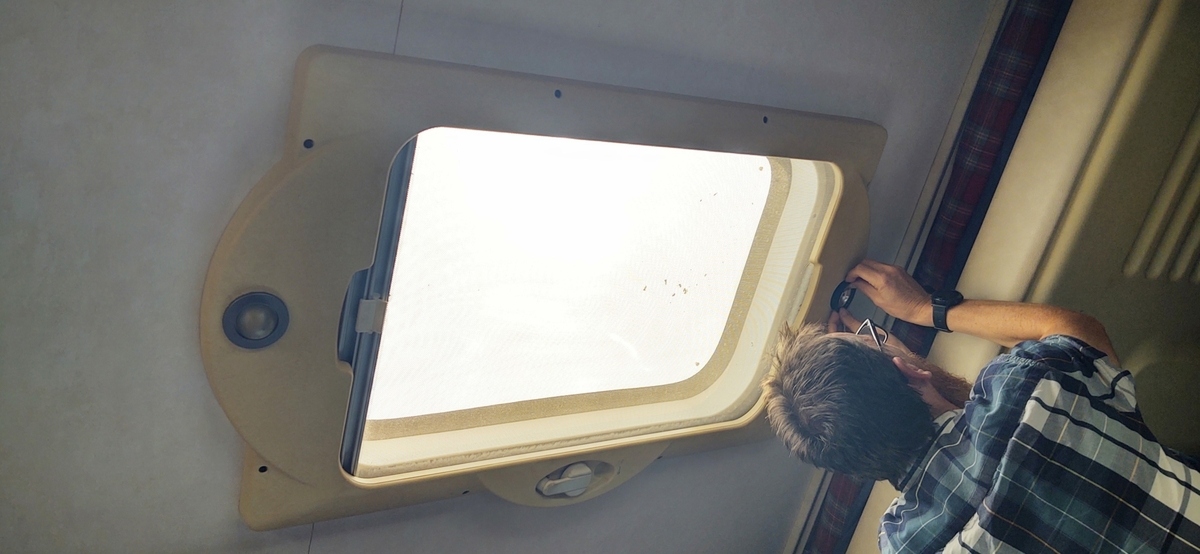

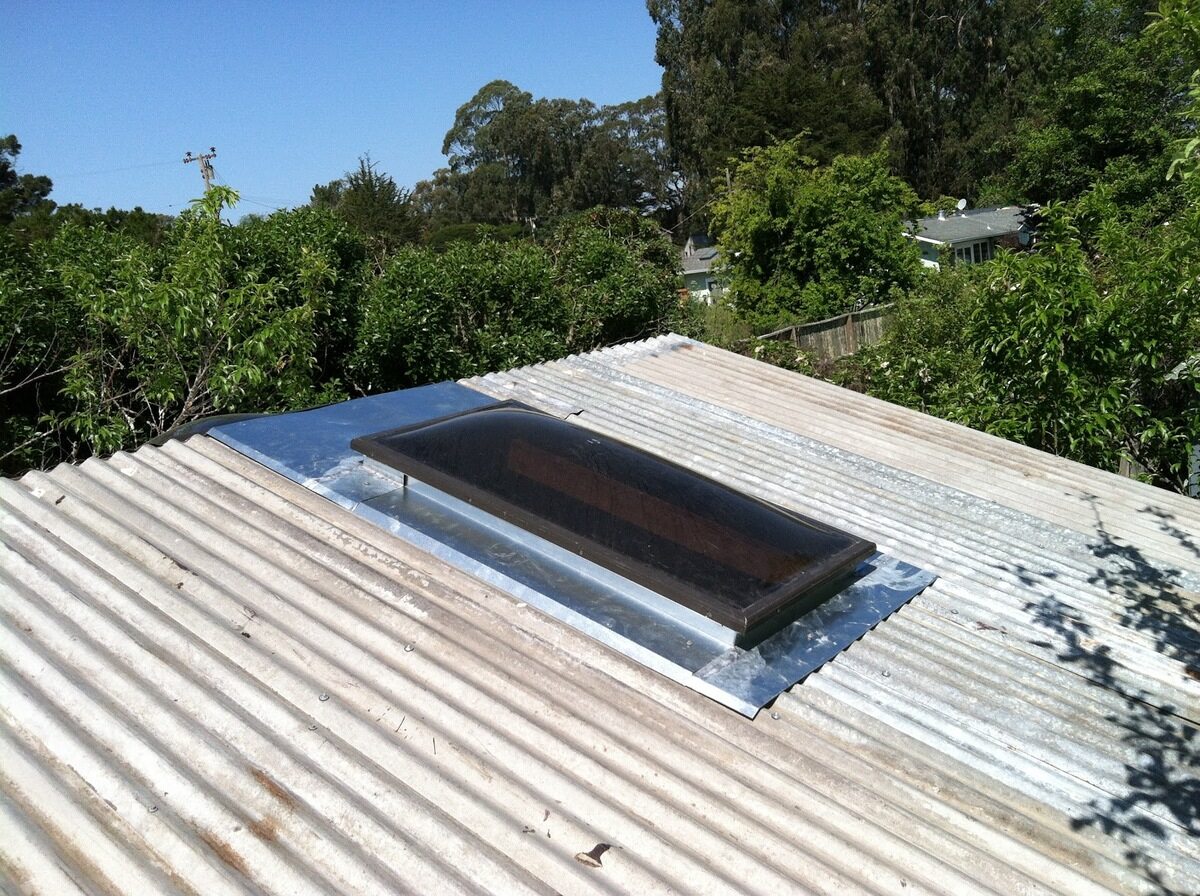
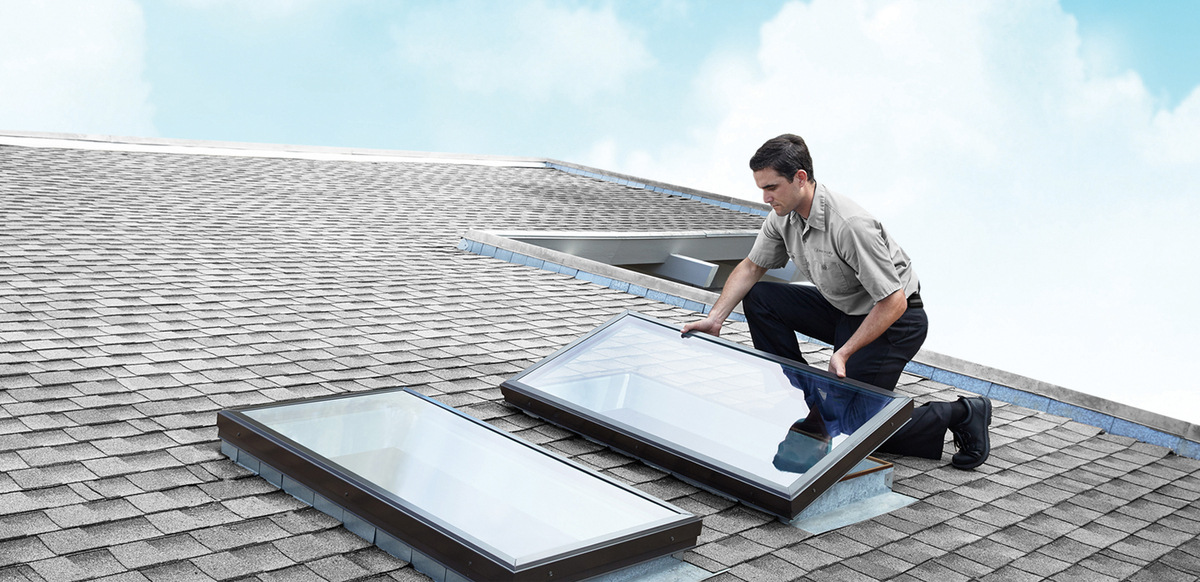
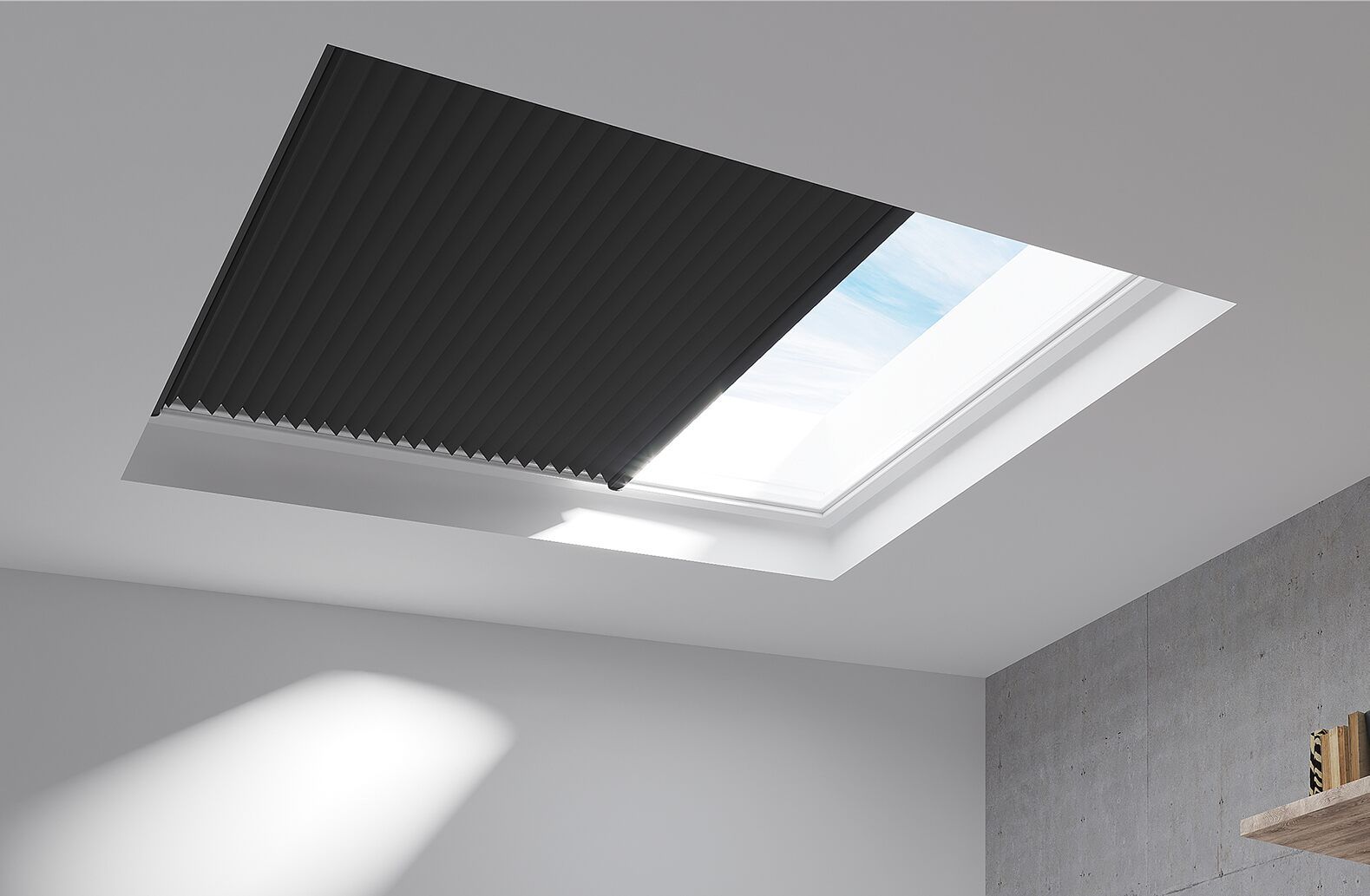
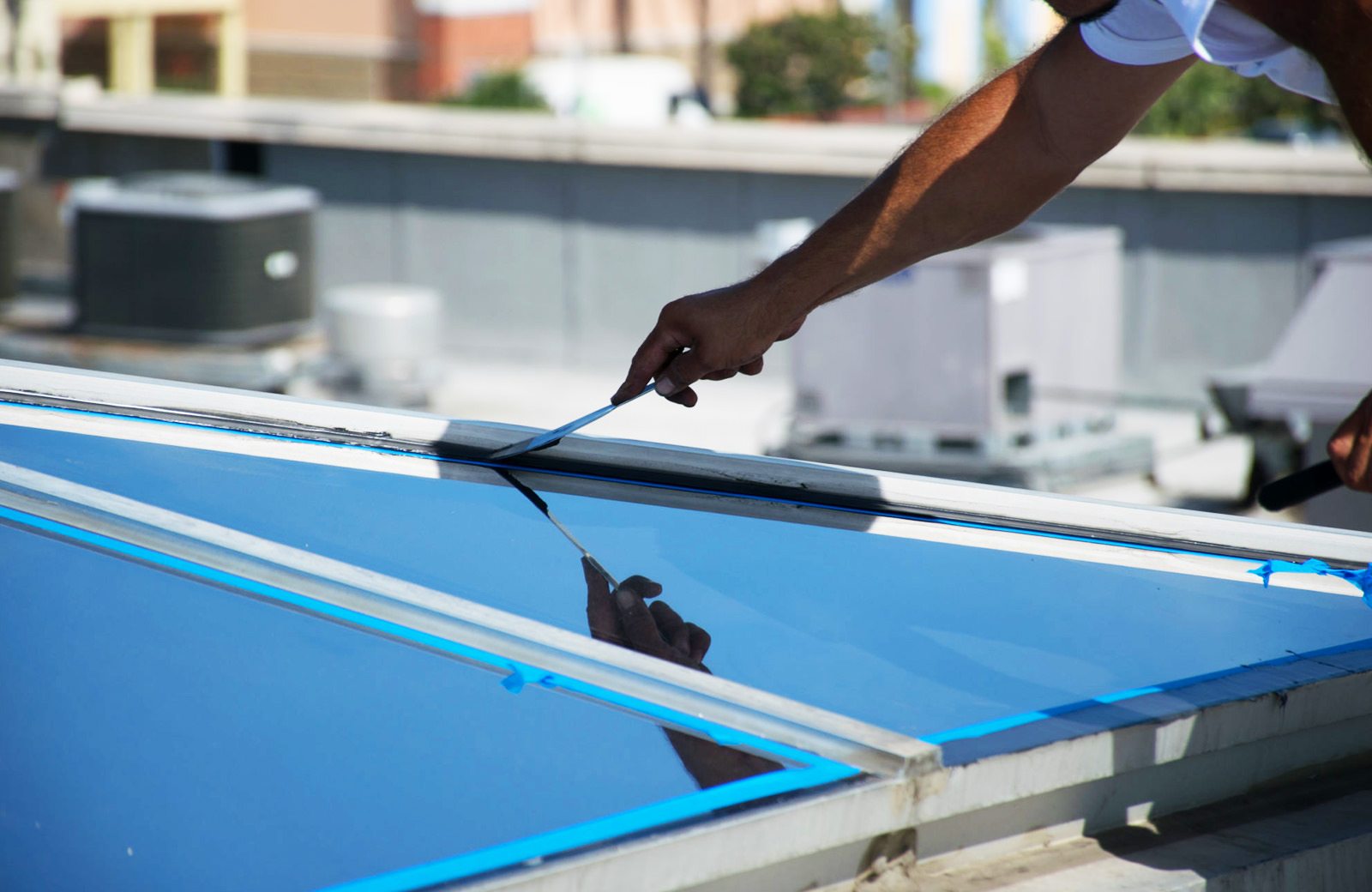
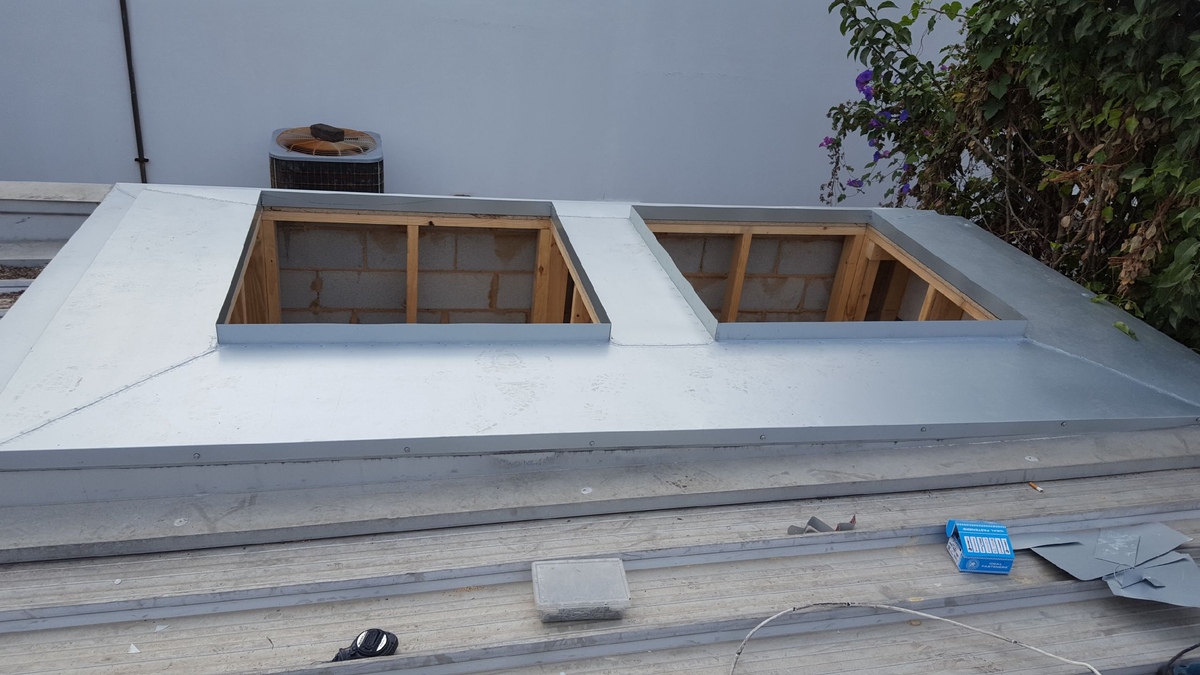

0 thoughts on “What Is A Skylight”